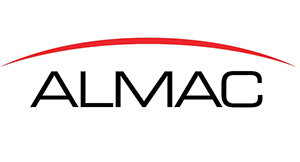Biocatalysis pre-dates synthetic organic chemistry, with some of the oldest chemical transformations, namely brewing fermentations, being commonplace before recorded history. The application of enzymes and whole cells to the food and drink business has been industrially important for many centuries.
The use of biocatalysts in organic synthesis has a shorter history. Lactic acid was probably the first optically active compound to be produced industrially using fermentation in 1880.1 In 1921 Neuberg and Hirsch discovered that the condensation of benzaldehyde with acetaldehyde in the presence of yeast forms optically active 1-hydroxy-1-phenyl-2-propanone2 and nine years later the conversion of this compound into L-(-)ephedrine was patented by Knoll AG, Ludwigshafen.3
The application of biocatalysis to organic synthesis has grown rapidly in recent years. A Scifinder search of the terms ‘biocatalysis’ or ‘biocatalyst’ gave 854 references to articles published in 2002, growing to 2,932 references in the same period 10 years later. Once the preserve of specialists, working with in-house collections of enzymes and cultures, the development of large and diverse collections at companies such as Almac is leading to biocatalysis becoming a widely and generally applied technology.

